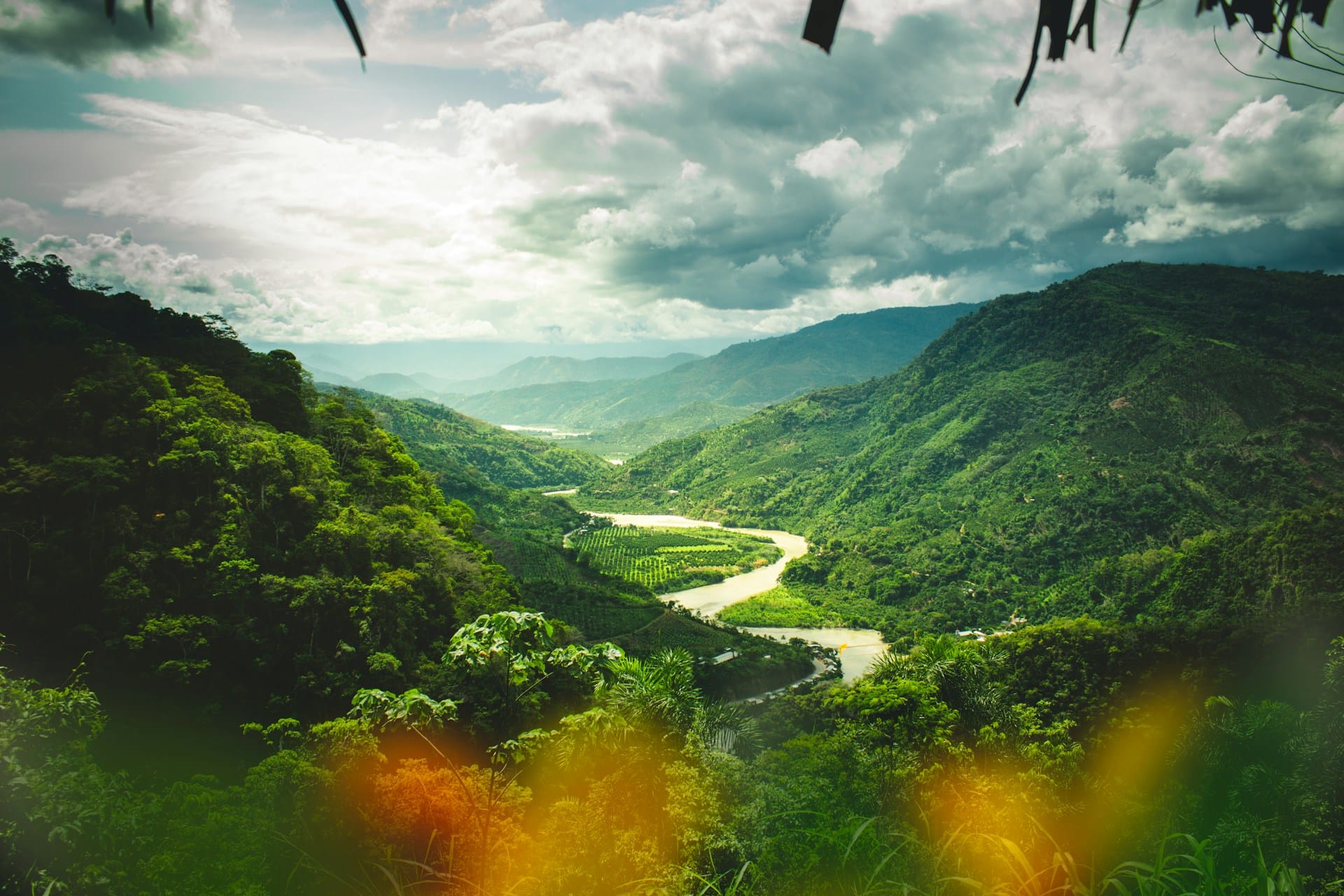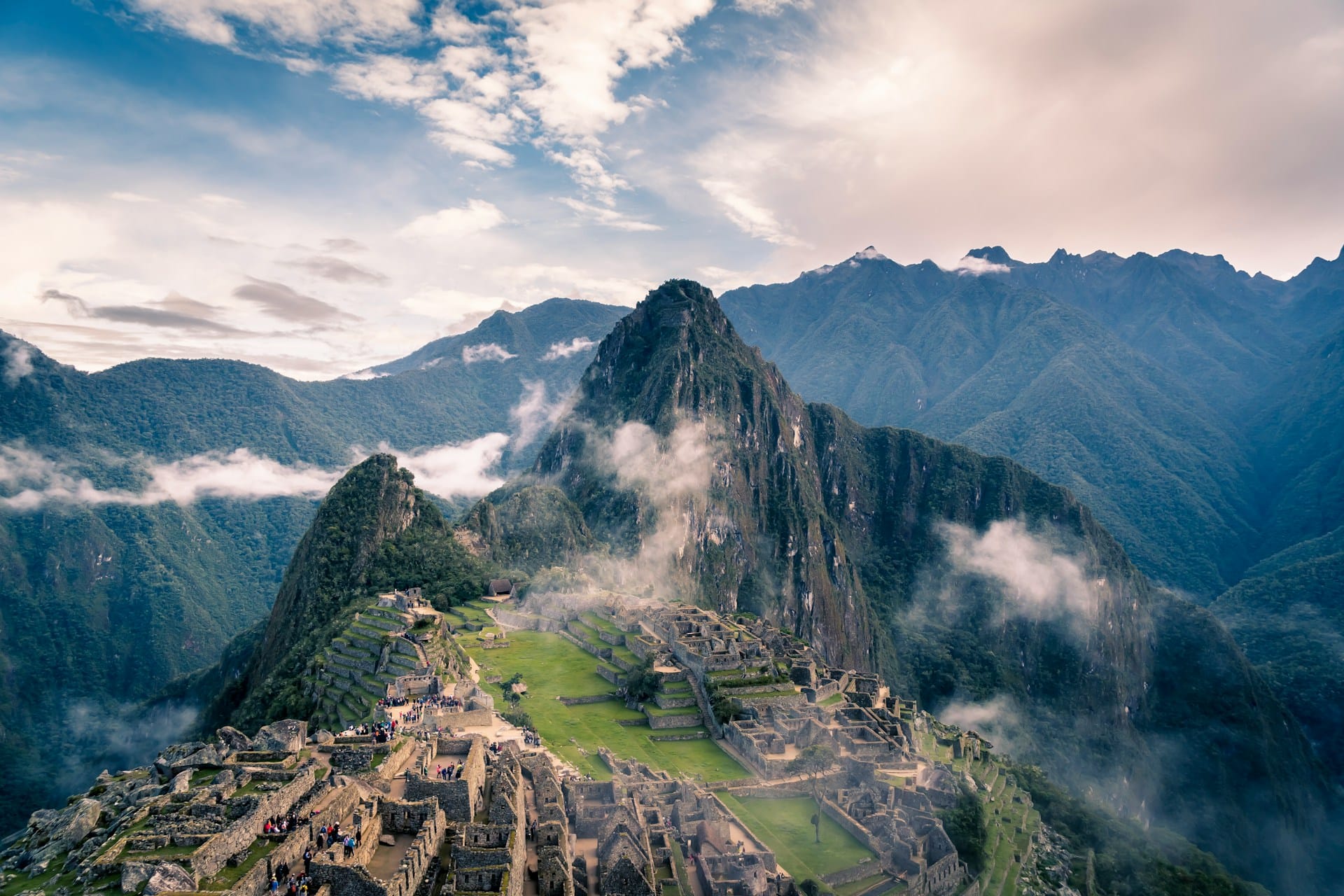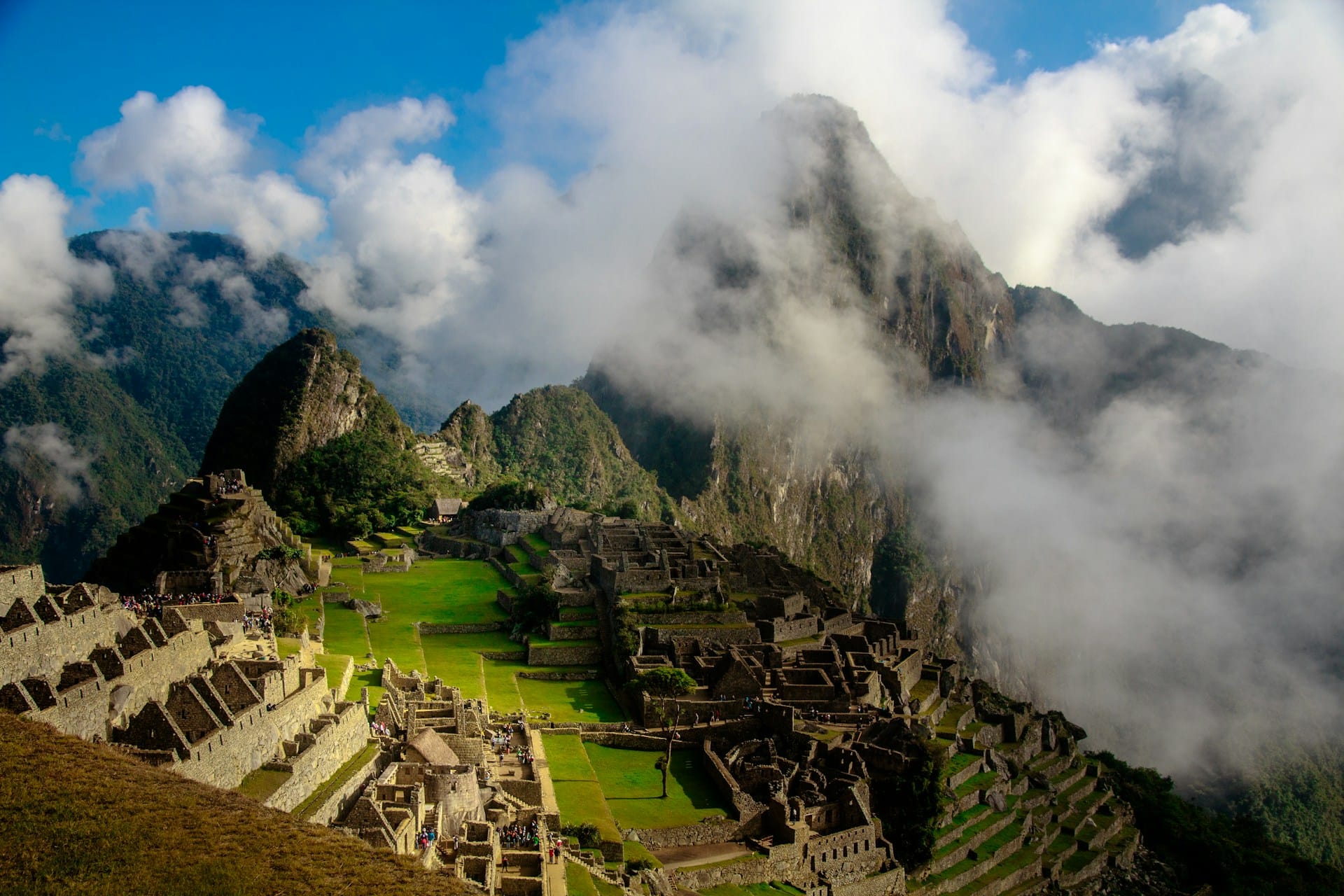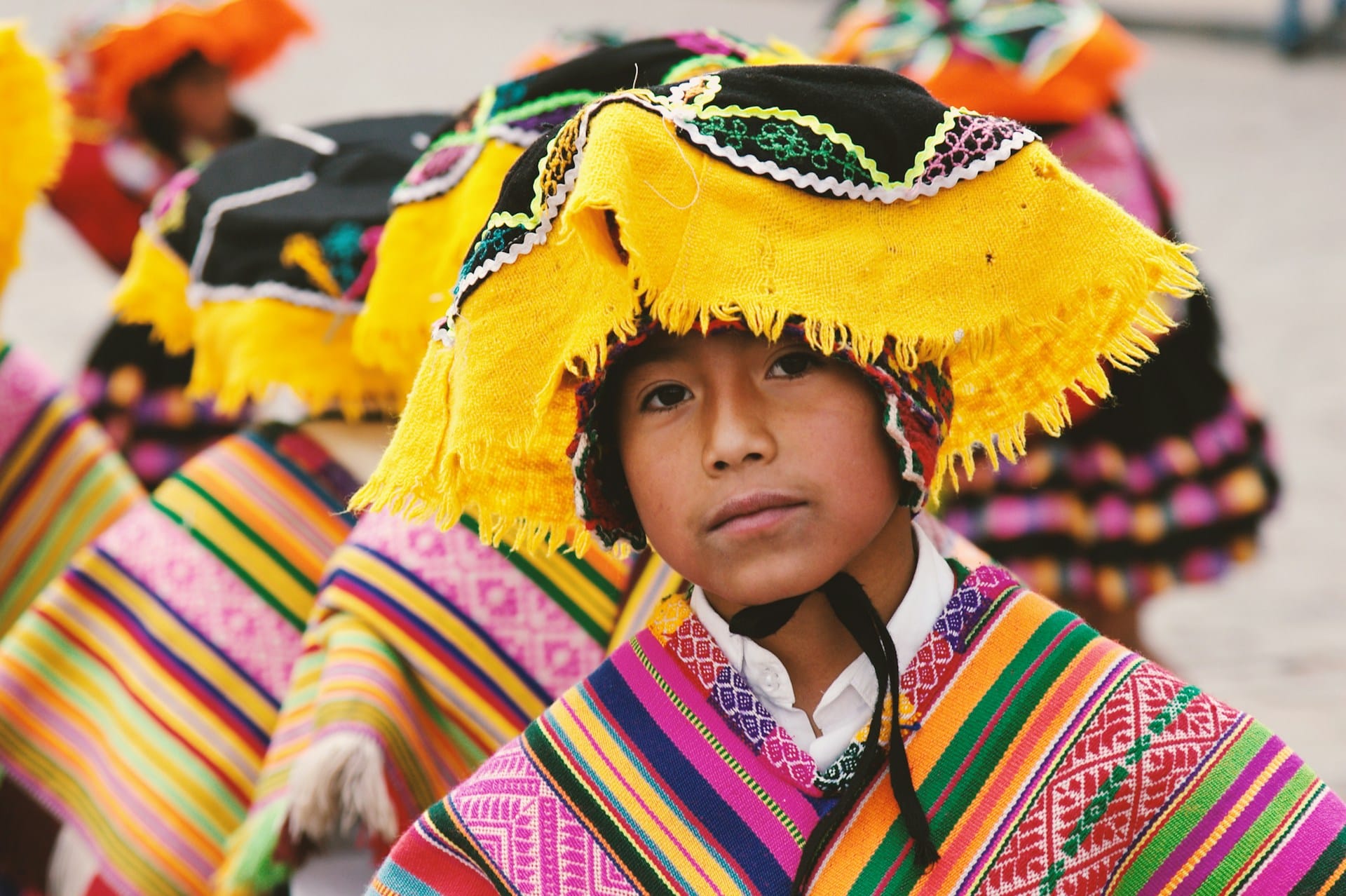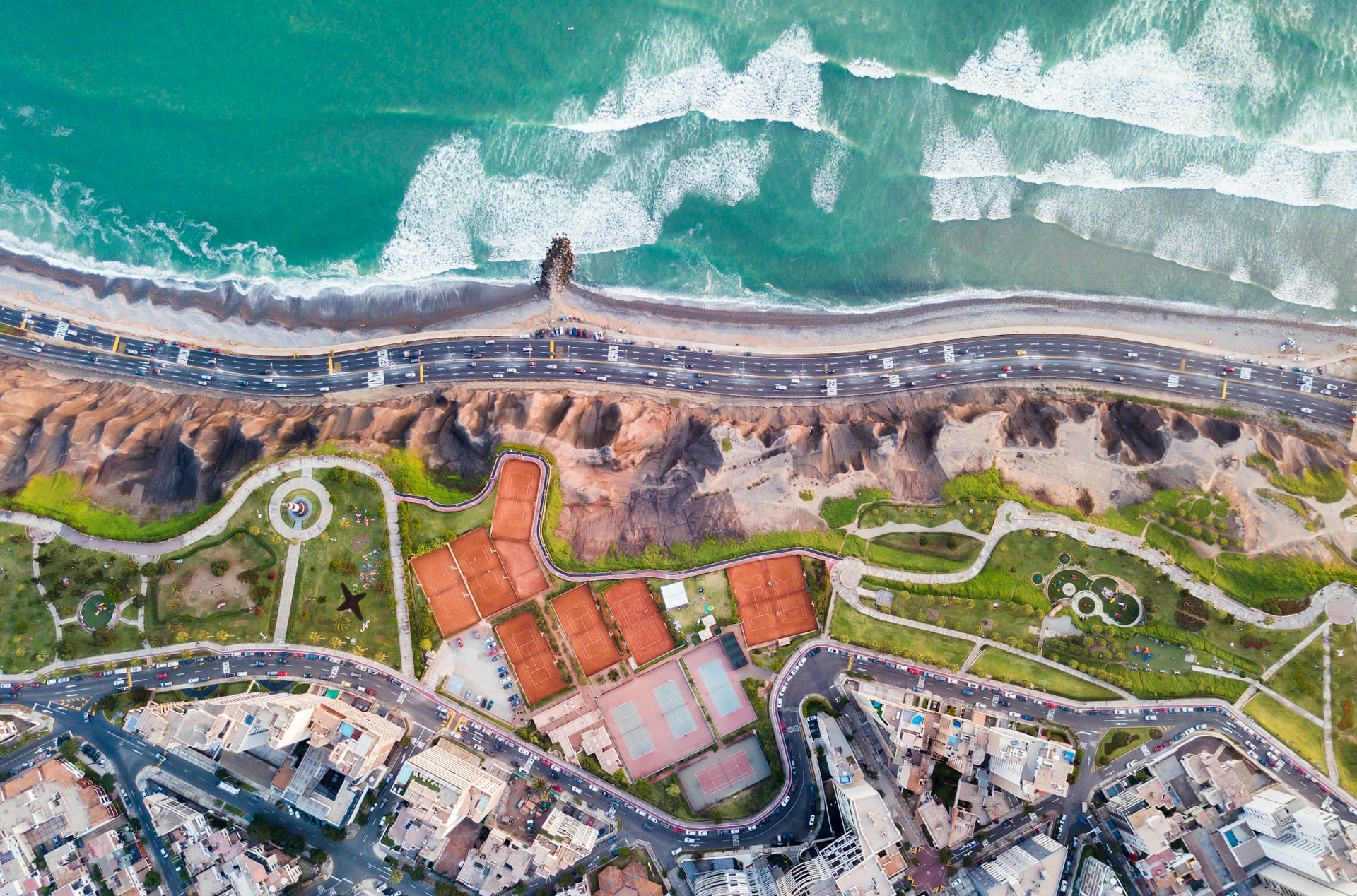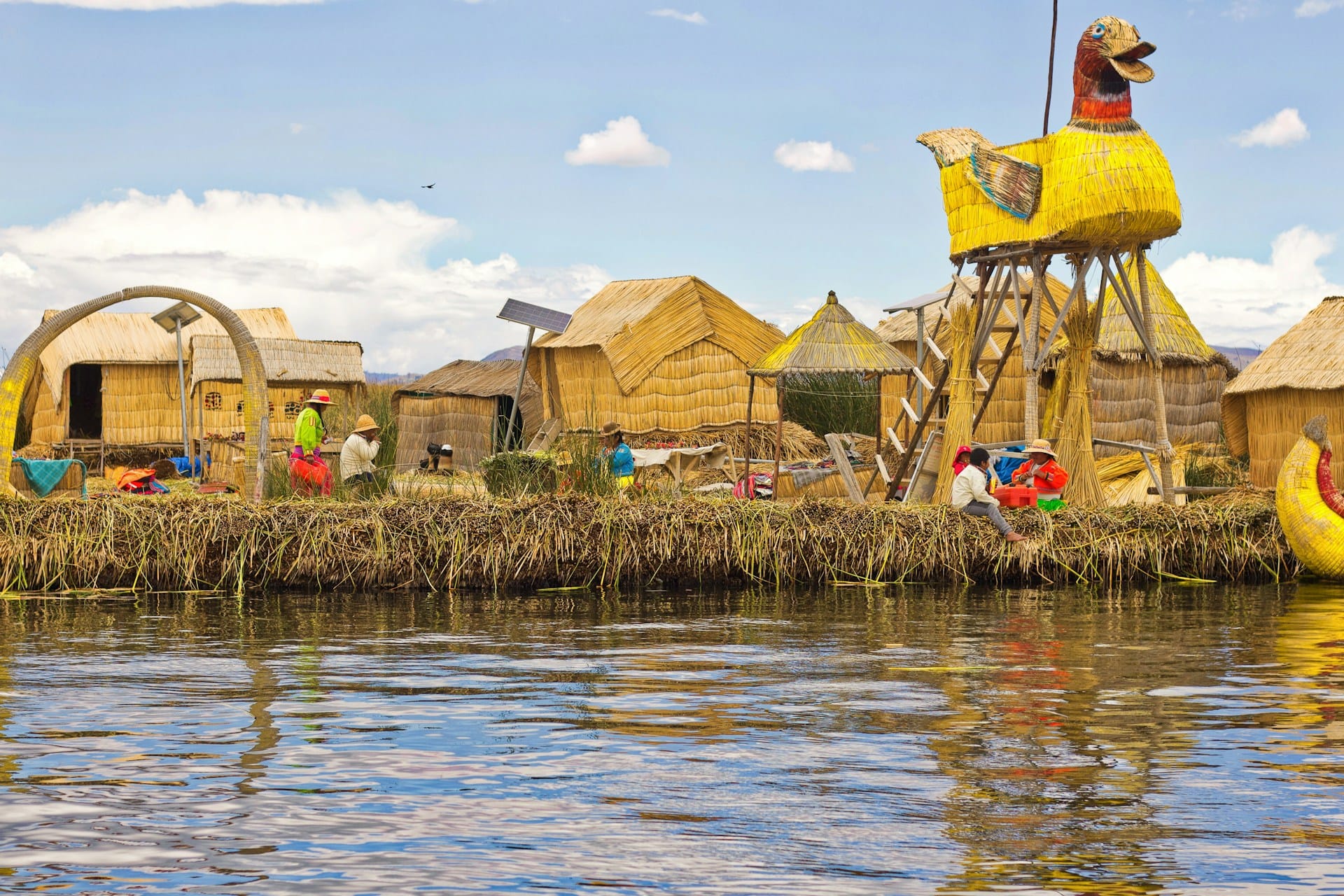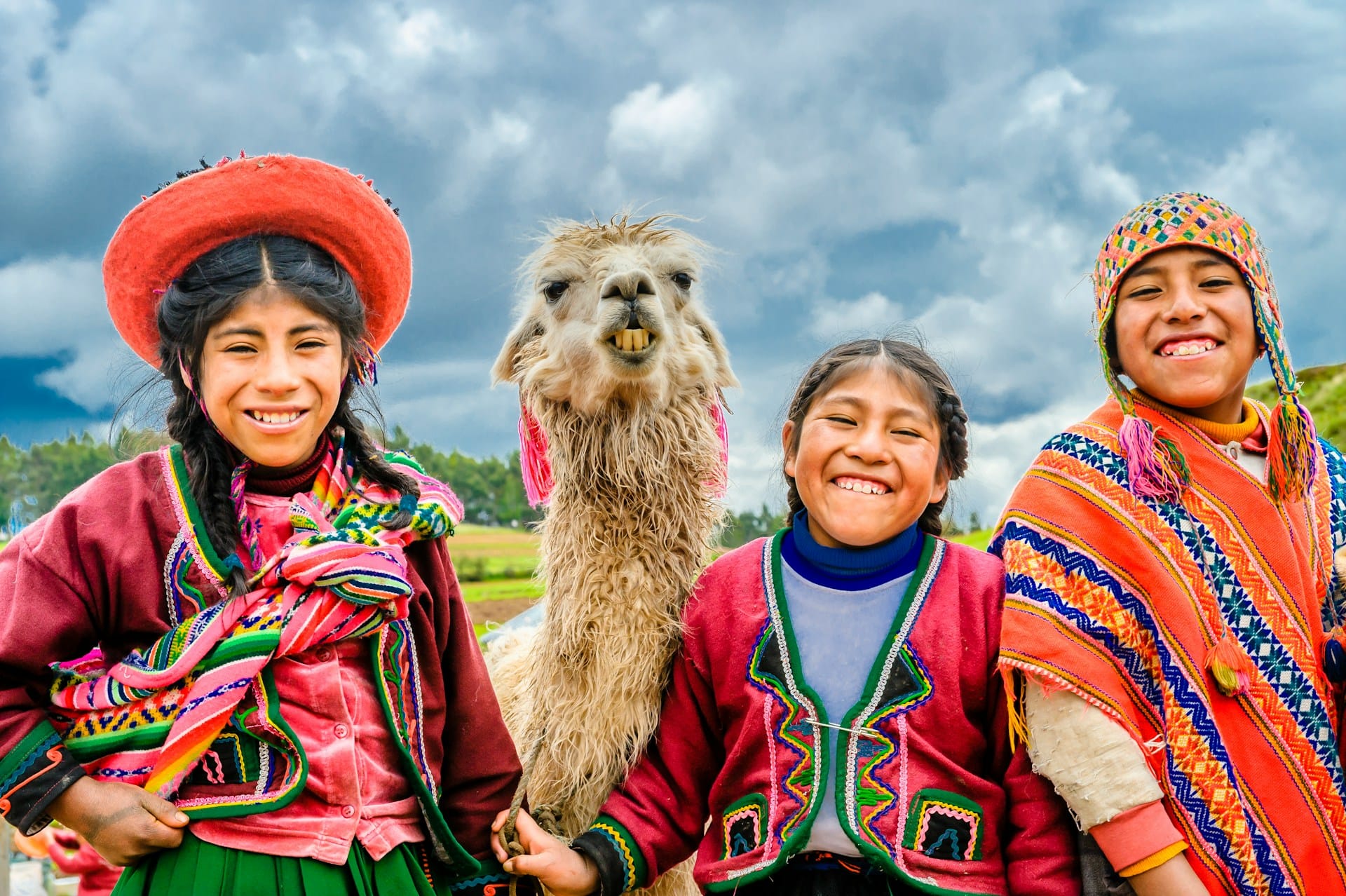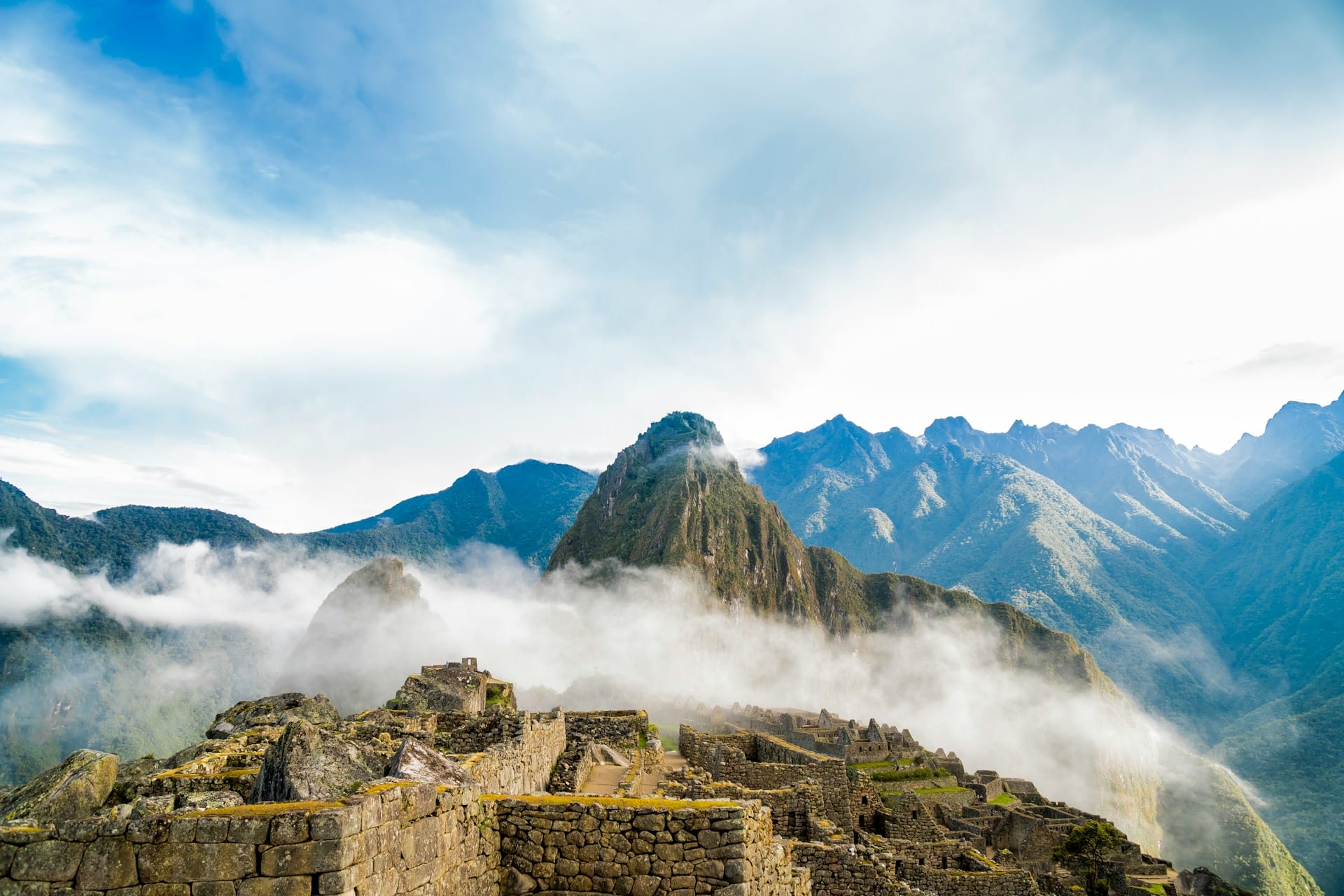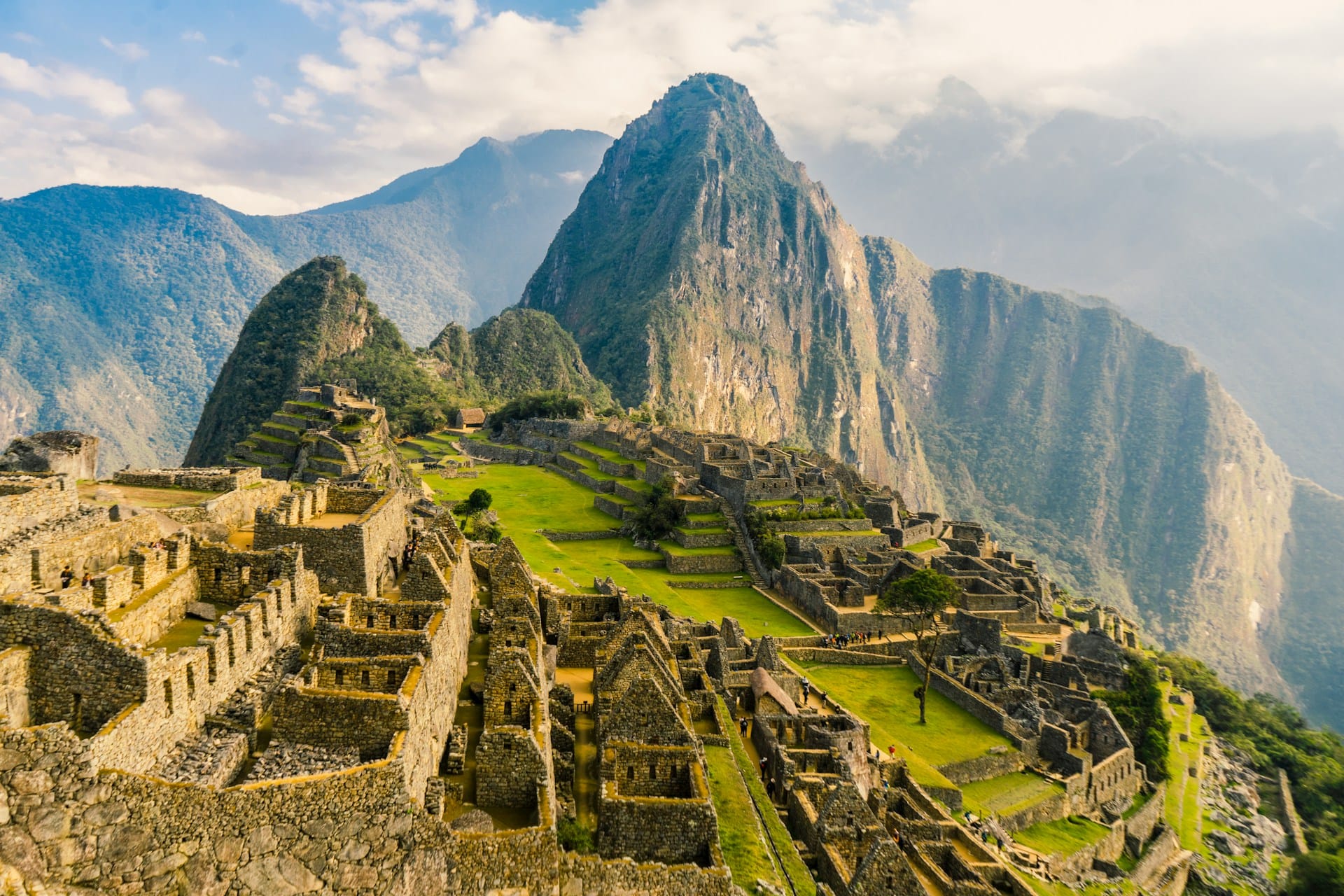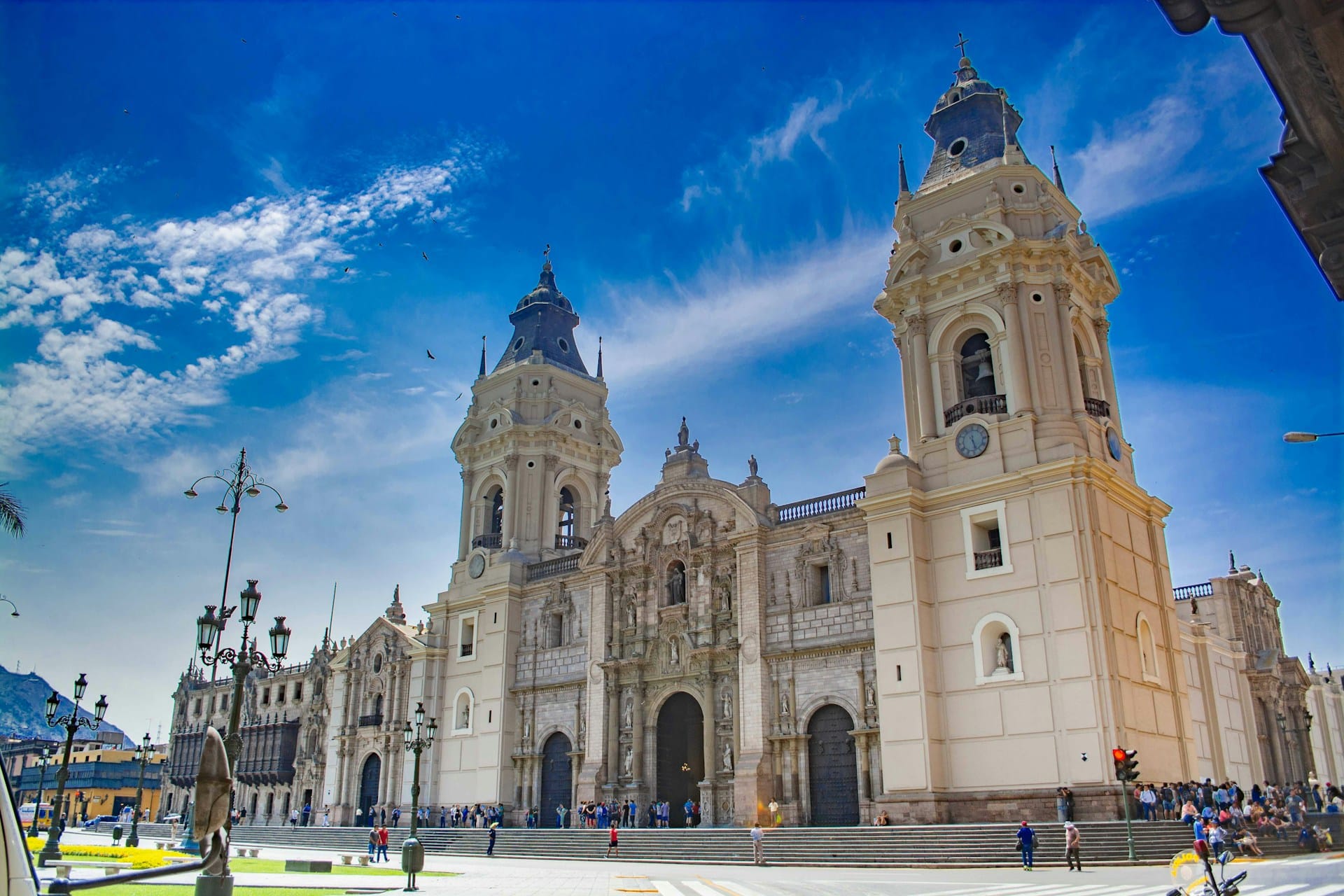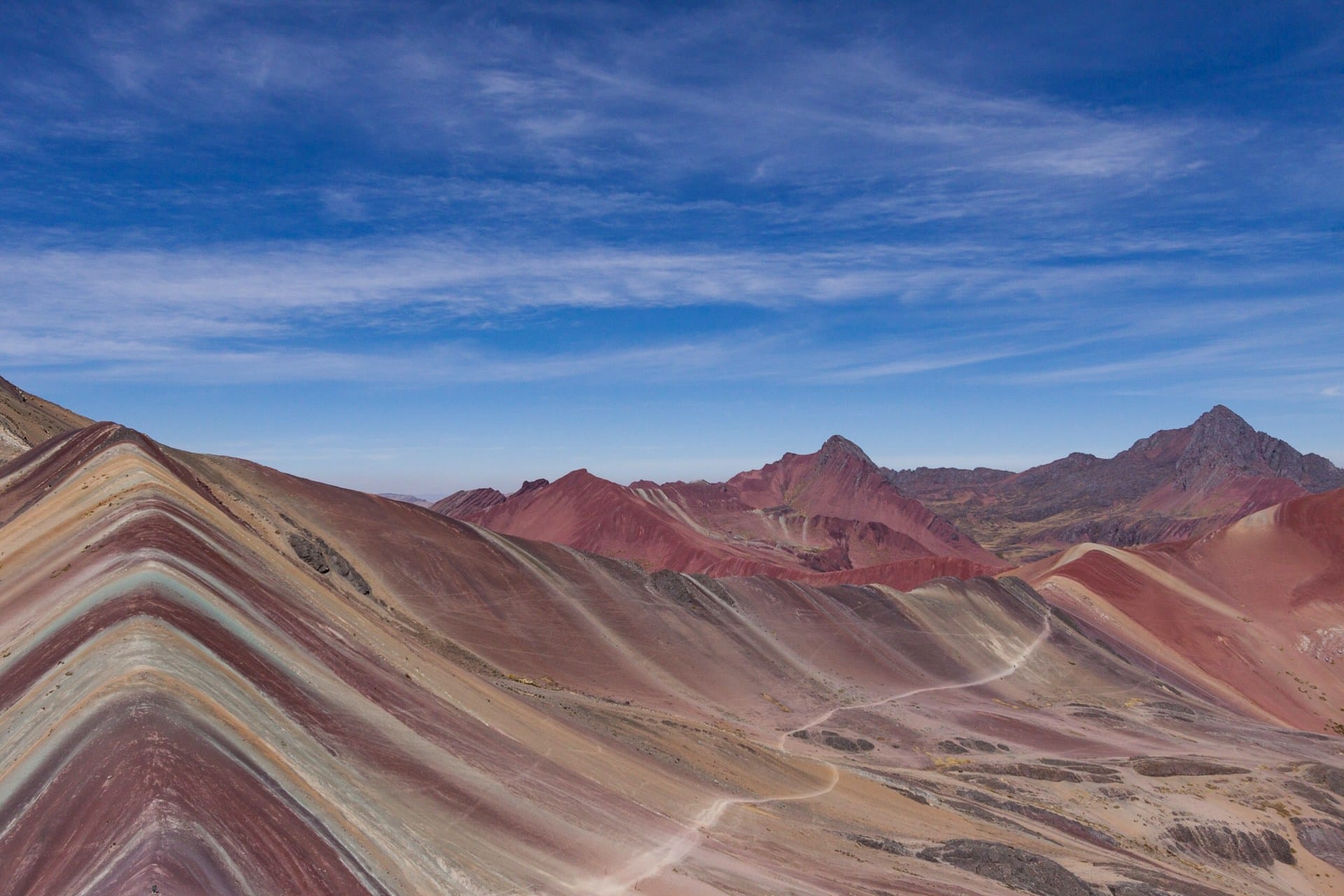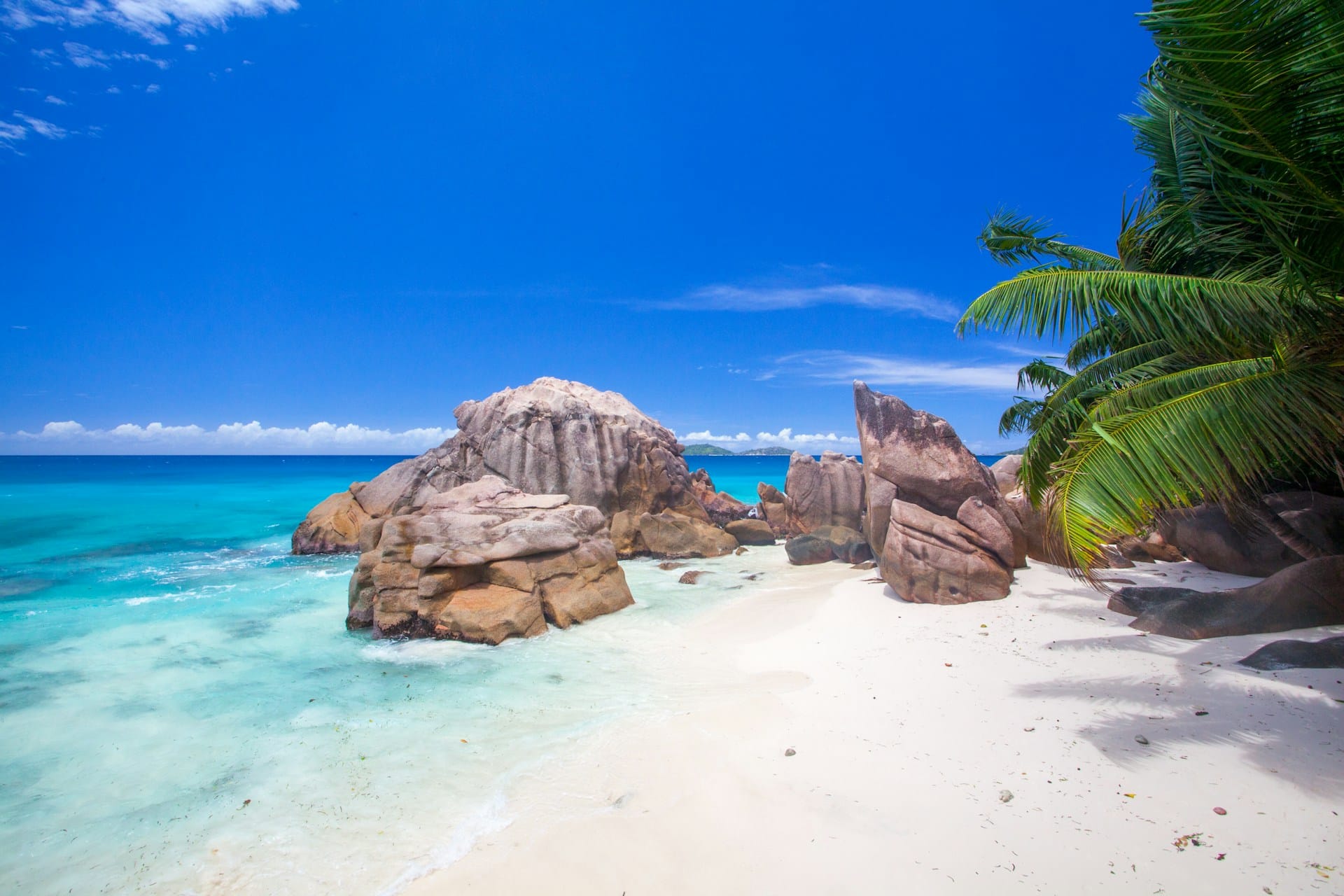
Peru Travel Guide
Peru is the third largest country in South America and one of its most diverse. It is situated on the western side of that continent, facing the South Pacific Ocean and straddling part of the Andes mountain range that runs the length of South America. Peru is bordered by Ecuador and Colombia to the north, Brazil and Bolivia to the east, and Chile to the south. Peru is a country that has a diversity and wealth not common in the world.
Peru is an incredibly varied country, with panoramic mountain ranges, cavernous canyons, vast deserts, beautiful beaches and tropical jungle, and boasts a fascinating rich history, archaeology, wildlife and enduring indigenous cultures. It has dramatic and exciting changes from one region to the next, from beautiful beaches and deserts to mountainous Andes areas and abundant tropical jungle surrounding the mighty Amazon River.
Peru covers 1,285,216 km2 (496,225 sq mi). The Andes Mountains run parallel to the Pacific Ocean, dividing the country into three geographic regions, coast, jungle, and highlands. The costa (coast), to the west, is a narrow plain, largely arid except for valleys created by seasonal rivers. The sierra (highlands) is the region of the Andes; it includes the Altiplano plateau as well as the highest peak of the country, the 6,768 m (22,205 ft) Huascarán. The third region is the selva (jungle), a wide expanse of flat terrain covered by the Amazon Rainforest that extends east. Almost 60% of the country's area is located within this region.
Peru, unlike other equatorial countries, does not have an exclusively tropical climate; the influence of the Andes and the Humboldt Current cause great climatic diversity within the country. The costa has moderate temperatures, low precipitations, and high humidity, except for its warmer, wetter northern reaches. In the sierra, rain is frequent during summer, and temperature and humidity diminish with altitude up to the frozen peaks of the Andes. The selva is characterized by heavy rainfall and high temperatures, except for its southernmost part, which has cold winters and seasonal rainfall. Because of its varied geography and climate, Peru has a high biodiversity with 21,462 species of plants and animals reported as of 2003; 5,855 of them endemic.
The Amazon Rainforest – The Amazon Rainforest offers unparalleled biodiversity, representing over half of the planet's remaining rainforests, and comprising of the largest and most species–rich tract of tropical rainforest in the world. This constitutes the largest collection of living plants and animal species in the world. One in ten known species in the world lives in the Amazon Rainforest. One in five of all the bird species in the world live in the rainforests of the Amazon, and one in five of the fish species live in Amazonian rivers and streams. The Amazon River, the world's mightiest, also originates in Peru.
Things to do and places to visit
Machu Picchu
Machu Picchu, without a doubt is a highlight of any visit to Peru. It is the site of an ancient Inca city, and one of the most famous and spectacular sets of ruins in the world. It is located high in the Andes of Peru, at 2,430 metres (8,000 ft), perched dramatically 1000 ft above the Urubamba River. Machu Picchu was declared a Peruvian Historical Sanctuary in 1981 and a UNESCO World Heritage Site in 1983. This UNESCO World Heritage site is often referred to as "The Lost City of the Incas", and is one of the most familiar symbols of the Incan Empire, and — a visit to Peru would not be complete without it.
One thing that is clear is that it was a remarkably well hidden place, and well protected. Located far up in the mountains of Peru, visitors had to travel up long valleys littered with Inca check points and watch towers. These remarkable ruins were only rediscovered in 1911 by the American archaeologist Hiram Bingham. The story of Machu Picchu is quite a remarkable one; and it is still unknown exactly what the site was in terms of its place in Inca life. Current researchers tend to believe that Machu Picchu was a country resort for elite Incas. The Incas are thought to have started building it around AD 1430 but it was abandoned as an official site for the Inca rulers a hundred years later at the time of the Spanish conquest of the Inca Empire.
Sun Gate
Be sure to visit the Sun Gate – which offers spectacular views down each valley, Temple of the Sun –near the summit of the main city as the stonework here is incredible, Intihuatana – which works as a sun dial, The Temple of the Three Windows and The Temple of the Condor – which is thought to have been used as a torture chamber.
Colca Canyon
The Colca Canyon is often described as the "world's deepest canyon," although the canyon's walls are not as vertical as those of the Grand Canyon. The Colca Canyon is situated in southern Peru's Arequipa region, and is an area of astounding scenic beauty, one of Peru's top tourist destinations. It is best known as one of the world's deepest canyons, reaching a depth of 4,160 meters (13,640'), whose depth can most easily be appreciated from the Cruz del Condor, a viewpoint where Andean Condors can be seen most days throughout the year.
Cuzco
Inca walls, colourful costumes, churches built on top of palaces, citadels lost in the Andean heights, legendary roads–all the beauty of a glorious past that enfolds the visitors who arrives in Cuzco, the sacred city of the Incas and archaeological capital of the Americas.

